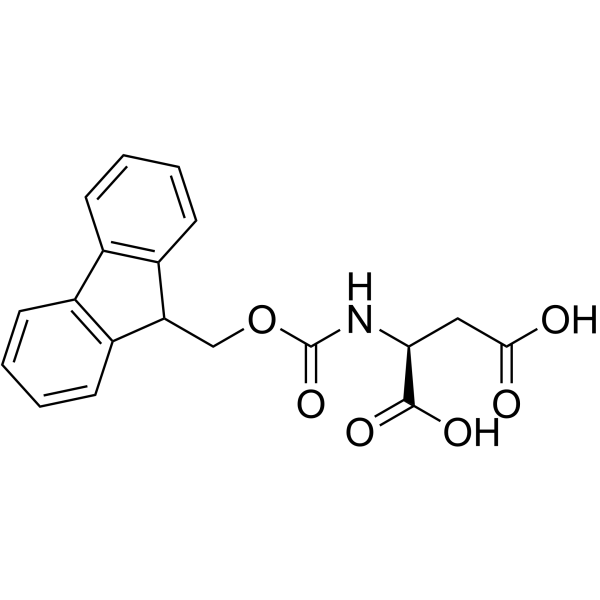On-resin convergent synthesis of a glycopeptide from HIV gp120 containing a high mannose type N-linked oligosaccharide.
Rui Chen, Thomas J Tolbert
Index: Methods Mol. Biol. 751 , 343-355, (2011)
Full Text: HTML
Abstract
This chapter describes a rapid and efficient approach for the solid-phase synthesis of N-linked glycopeptides that utilizes on-resin glycosylamine coupling to produce N-linked glycosylation sites. In this method, the full-length nonglycosylated peptide is first synthesized on a solid-phase support using standard Fmoc chemistry. The glycosylation site is then introduced through an orthogonally protected 2-phenylisopropyl (PhiPr) aspartic acid (Asp) residue. After selective deprotection of the Asp residue, a high mannose type oligosaccharide glycosylamine is coupled on-resin to the free Asp side chain to form a N-glycosidic bond. Subsequent protecting group removal and peptide cleavage from the resin ultimately yields the desired glycopeptide. This strategy provides an effective route for conducting glycosylation reactions on a solid-phase support, simplifies the process of glycopeptide purification relative to solution-phase glycopeptide synthesis strategies, and enables the recovery of potentially valuable, un-reacted oligosaccharides. This approach has been applied to the solid-phase synthesis of the N-linked high mannose glycosylated form of peptide T (ASTTTNYT), a fragment of the HIV-1 envelope glycoprotein gp120.
Related Compounds
| Structure | Name/CAS No. | Molecular Formula | Articles |
|---|---|---|---|
 |
Fmoc-Asp-OH
CAS:119062-05-4 |
C19H17NO6 |
|
Synthesis of N-linked glycopeptides via solid-phase aspartyl...
2010-08-21 [Org. Biomol. Chem. 8 , 3723-3733, (2010)] |
|
The aspartimide problem in Fmoc-based SPPS. Part I.
2003-01-01 [J. Pept. Sci. 9 , 36-46, (2003)] |
|
The aspartimide problem in Fmoc-based SPPS. Part II.
2003-08-01 [J. Pept. Sci. 9 , 518-526, (2003)] |
|
The aspartimide problem in Fmoc-based SPPS. Part III.
2005-10-01 [J. Pept. Sci. 11 , 650-657, (2005)] |
|
Synthesis and CD structural studies of CD52 peptides and gly...
2008-11-24 [Carbohydr. Res. 343 , 2894-2902, (2008)] |